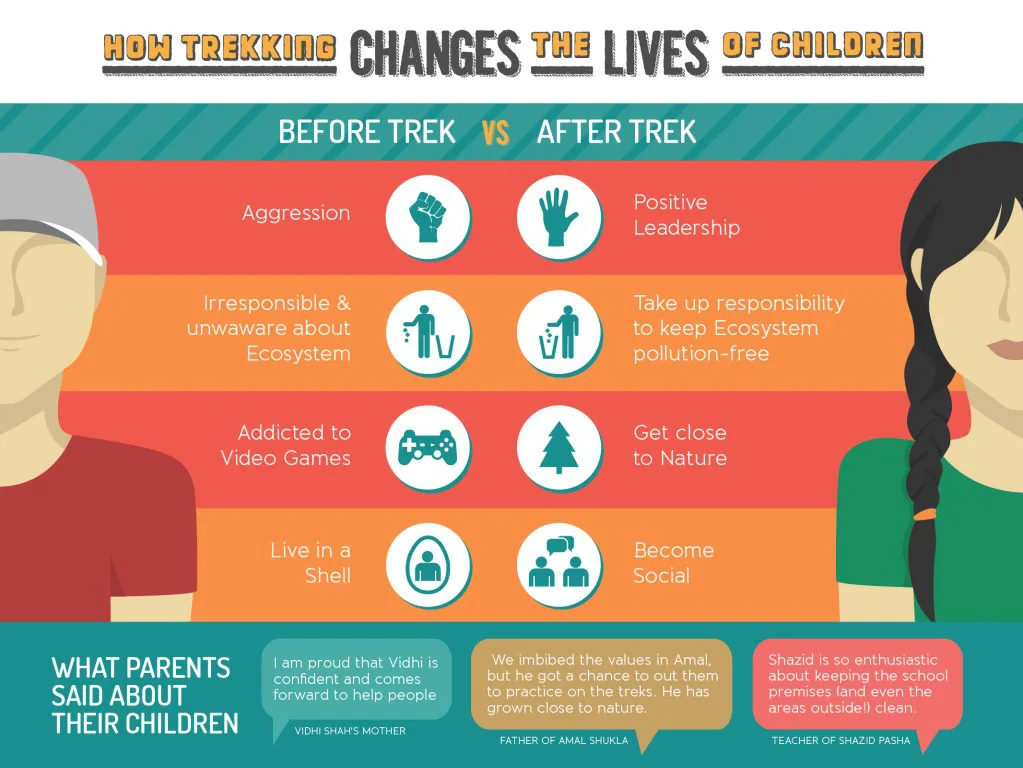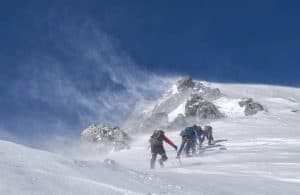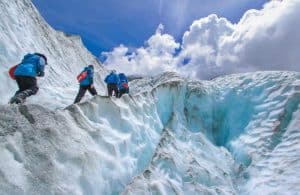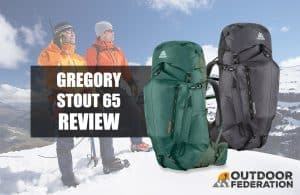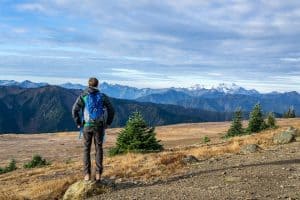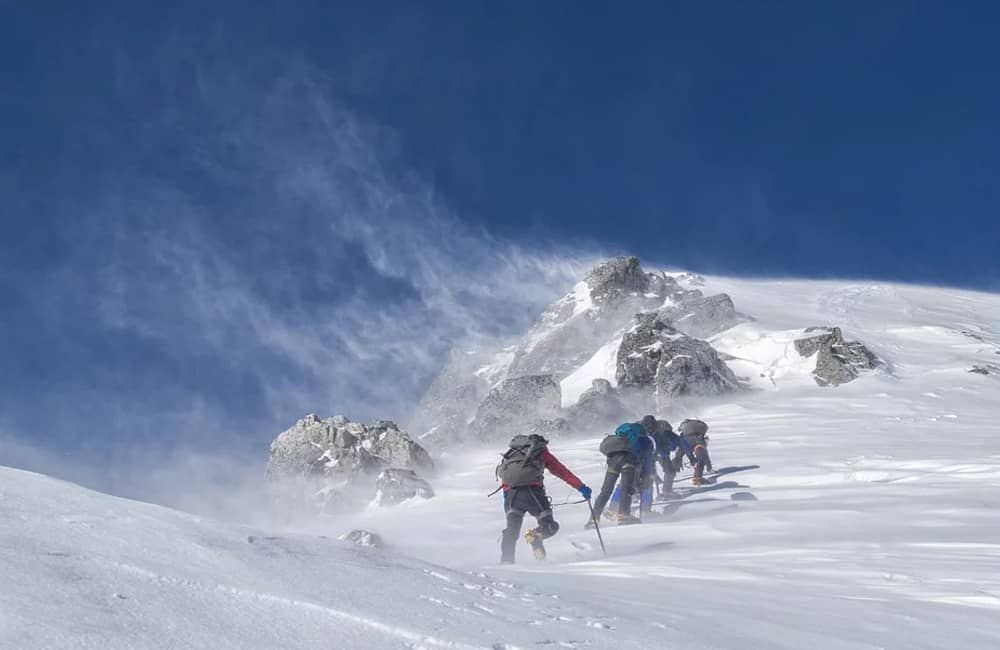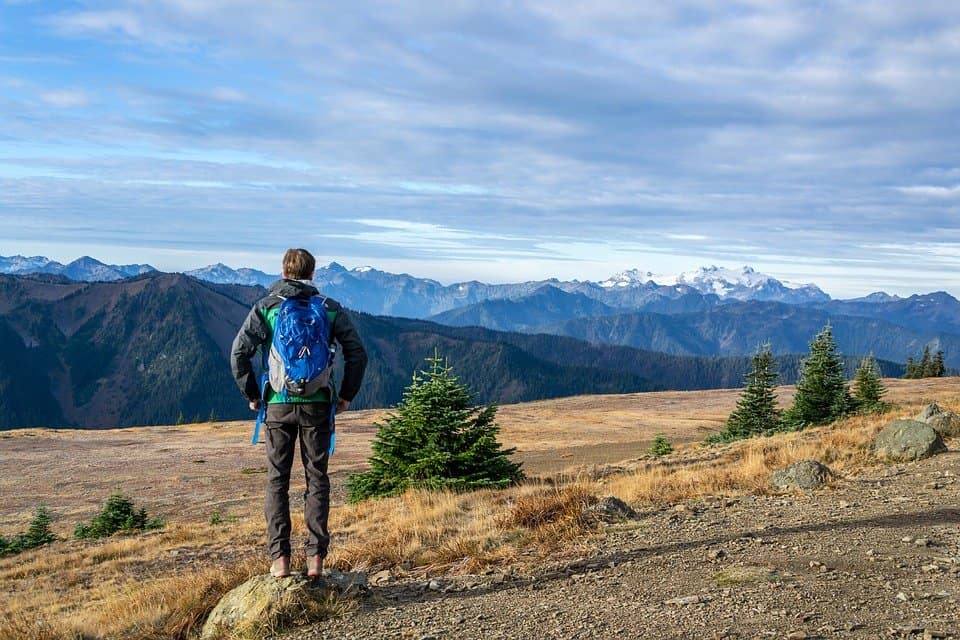Trekking is one of the oldest and most popular forms of outdoor recreation. It is a great way to get in shape, see some amazing scenery, and make new friends. There are many different types of treks available, so whatever your interests there’s likely a trek that will fit them. Whether you’re looking for an easy day hike or an epic expedition into remote wilderness, there’s something for everyone on the trekking trail.

One important reason to trek is that it can help improve your overall fitness. The physical activity required on a trek is equivalent to riding a bike at moderate intensity for about two hours. Even if you only do short hikes on your local trails, every little bit counts when it comes to improving your cardiovascular health and helping to reduce your risk of chronic diseases such as heart disease and stroke.
Hiking vs. Trekking
Hiking and trekking are very similar; so much so that some people use the terms interchangeably. Both outdoor activities require walking, but that is where the similarities end. Hiking often consists of a leisurely walk on a trail that is already planted firmly in the ground. A hike might last for a brief hour, or for a few hours. Occasionally, hiking expeditions can last for a couple days and involve a pleasant camping site.
Trekking is the intense version of hiking. This fun activity typically is measured in days or weeks, not hours. Often, they will last at a minimum of two days. These adventures are much more strenuous than hiking, usually don’t involve a man-made trail, and they are known for pushing a person to the limits if they want it to. Keep in mind that there are different treks for different levels of experience as well.
Trek Training
This is an important step to take before attempting to hike through the mountains for two weeks. A person must train their body to endure the physical requirements of the adventure that awaits them. Leg muscles can be built up through regular exercise at the gym. Core muscle is also important. Anyone with a weak back will have difficulty carrying their backpack. Planks remain one of the best ways to build core muscle. If the body has more muscle, it will be able to handle more.
Building muscle is not the only area that is important in trek training, however. Cardiovascular health is equally important. By maintaining heart health, a person will ensure that they can handle the trek medically. Activities that are good for the heart, such as running on the treadmill, are also a great way to build stamina. Walking through the wild for miles requires a certain amount of stamina.
Start Small
Those that have never been trekking before might want to jump right in because they are excited, but this is a quick way to overdo the body, which can result in injuries. Instead, it’s important to start small and work up to the big trekking adventures, like trekking in Nepal or trekking in Patagonia. These are awesome treks, but they can make an inexperienced person feel as though they are going to die from the pain of their muscles. It will slow down the group, and it will not be enjoyable for the individual.
Instead of jumping straight into trekking, start with hiking. A circuit hike is a great way to work up to trekking. Practice hiking, carrying a packed backpack and walking on rough terrain. Practice carrying the backpack while hiking to replicate the conditions of the trek for the perfect practicing conditions. After a person can go hiking for extended periods of time, they can try a short trekking trip. This will help them determine if they are truly ready for a longer trek, such as the Annapurna trek.
Fun Outdoor Quiz
Camel Trekking
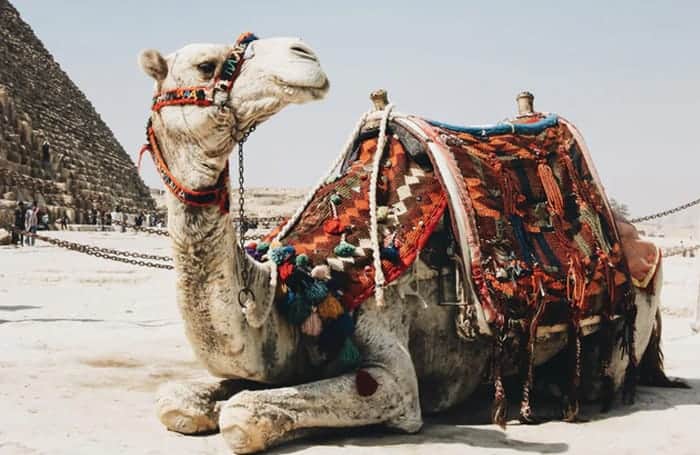
Those that are not prepared to walk through the desert for days on end will enjoy the fun of a camel trekking expedition. Sometimes, tourism packages will include a small camel trekking portion, and other times individuals can simply go camel trekking. Relax on the back of a camel to enjoy the excitement of this type of adventure without pulling back muscles carrying a heavy backpack or having blisters on the bottom of the feet. Instead, the trek is done via camel ride. The perfect solution for those that want to enjoy a trek through the beautiful Sahara Desert but do not want to walk for weeks.
Get a Trekking Bike
Leisurely trekking doesn’t get as nice as camel trekking, but most trekking bikes come close to it. These bikes are styled for wear and tear through rough terrain, can handle being rode for days, and they provide a smooth ride along pavement. Often, people that are going trekking on their own enjoy having a trekking bike to enjoy the adventure at a slightly faster pace than walking provides. On the downside, these do have to be left outside when a person is inside of a restaurant and they can be a pain to ride around a crowded marketplace. Consider where the adventure will lead to determine if one of these products will be appropriate.
Be Prepared for the Weather
Trekking doesn’t take a break if the forecast calls for rain or snow. Instead, trekkers keep on trekking. Because of this, it is important that anyone planning one of these adventures check the local forecast and prepare accordingly. Weather gear should be something that a person can easily walk and climb a little in. For example, if there is going to be a rainstorm, a poncho would be a better idea vs. an umbrella. Ponchos can be folded up to easily fit inside of a backpack unlike an umbrella, which will maintain it’s same shape. This can make it difficult to shove in a book bag.
Shoes should always be considered when one is getting ready for a weeklong trek. Waterproof boots are the best option. There are some trekking shoes available on the market that are built for withstanding the rain, improving a person’s footing and for trekking in the snow. These versatile boots are one of the best ways to prepare for the weather when going on a trek.
Pack for Trekking Trip
Packing everything that is needed is one of the most important parts of trekking. Usually, these adventures are miles away from civilization, so running to the nearest gas station to pick up something a person forgot is simply not an option. First, contact the tour or trekking company if there is one. Some companies will provide certain materials, such as camping equipment, others will provide a tiny number of things, such as just a tent, and some will provide nothing. Before packing, it’s best to discover what not to pack. After that, don’t forget to include these trekking essentials:
Trekking Shoes
If these are not being worn at the time, they should be packed. An extra pair never hurts either. Remember, they should be waterproof.
Water Bottle
A person will naturally dehydrate faster due to the increased physical activity. They might not realize that their body is dehydrating in the cold, however. Therefore, it is important to take frequent sips from a durable water bottle. Make sure to pick one up that will not break or crack easily.
Trekking Poles
These are an essential thing to pack for trekking trip, especially if there is going to be rough terrain. They will help participants keep their balance and reduce the risk of injury from falling. Poles are a necessity for mountain trekking.
Gloves
Anyone that is going to use trekking poles will need a good pair of gloves. Grabbing the poles and the poles rubbing against the skin all day can cause painful blisters. A comfortable pair of gloves will prevent that. These are also a necessity for winter trekking to keep the hands warm.
Trekking Snacks
Small, easy to pack foods are another must have on a trekking expedition. These should be foods that a person can grab out of their backpack and eat on the go. Most people prefer to pack things like protein bars, trail mix or travel packs of raisins.
Sandals
Usually, people remember to bring weatherproof shoes with them, but they forget about sandals. The feet need to breathe after a long day of walking to prevent foot odor and decrease the chances of foot fungus, hence why sandals are important. Pick up a cheap pair of flip flops to slip on during breaks or at night-time to let the feet really relax.
Trekking Backpack
When a person is going on one of these adventures, a normal backpack is not going to do. A backpack that is specifically designed for this purpose will give people the space that they need, it will be lightweight, and it will more than likely be waterproof.
Flashlight
A flashlight is a necessity for one of these adventures. If the walk lasts a little bit later than planned, a sturdy flashlight can help a person find their way. It is also a great thing to have if nature calls in the middle of the night. Some people prefer headlamps to flashlights, which is another great idea.
Trekking Tent
If the company a person is going with does not provide a tent, they will need to bring one. It should be lightweight, easy to set up and easy to take down. Remember, most of these excursions involve camping outside for the night and packing everything back up in the morning. Most people just need a basic tent for that.
Maps
Keeping some extra maps handy with the trekking routes outlined on them will guarantee that no one gets lost, and if they must move away from the group for some reason, they can quickly find their way back. This is not only a good idea; it is a necessity.
Trekking Knife
Having a trekking knife handy is always a great idea. One that is a multi-tool can make assembling a tent easier. A sharp knife can be used to whittle a variety of things that one might have forgotten to pack, such as something to eat with or drink out of.
Trekking Clothes
Clothes and trekking clothes are two different things. Clothes that are designed to handle the elements are a necessity. Go shopping for clothing that is weatherproof, wicks away sweat and is comfortable. Don’t forget to include room for layering if trekking in the snow is going to be a part of the week.
This is a general list of what to pack for a trekking trip and should be customized to meet individual needs. For example, a person that will be going through an area that is plush with springs and rivers may want to take a bathing suit as well. Sunscreen is another option that most people are thankful they remembered when the weather is warm, and their skin is uncovered. It is vital that each person consider the weather, the region and their own personal needs to guarantee that they will have everything they need to enjoy their adventure.
Benefits of Trekking
Trekking provides a wealth of benefits to the mind, body and soul. When people participate in one of these adventures, they get a lot more out of them than just seeing the world and meeting new people. They will also enjoy:
Improved Mood
Exercise increases the feel-good chemicals in the brain, which is known to boost a person’s mood. Spending quality time in nature is another thing that studies have proven to be beneficial to a person’s mental health. Trekking provides ample time in the sunshine and exercise.
Increase Metabolism
Both training and trekking require a physically fit body. After working out and then participating in a trekking expedition, almost all people will appreciate having an increased metabolic rate.
Less Stress
All of those awesome endorphins that are released when a person exercises will also help to reduce stress. While trekking and after trekking, most people will discover that they are able to brush off the stresses of life that would have made them snap before.
Decrease Risk of Osteoporosis
Weight bearing activities, such as walking, are known to increase bone density, meaning that people will develop stronger bones that can help them beat osteoporosis.
Trekking is more than just a trend; it is a way of life. It requires training, physical fitness and the right mindset. Once a person has all of those, however, they will be able to enjoy the world from a new point of view as well as all the benefits that go hand in hand with trekking adventures.
